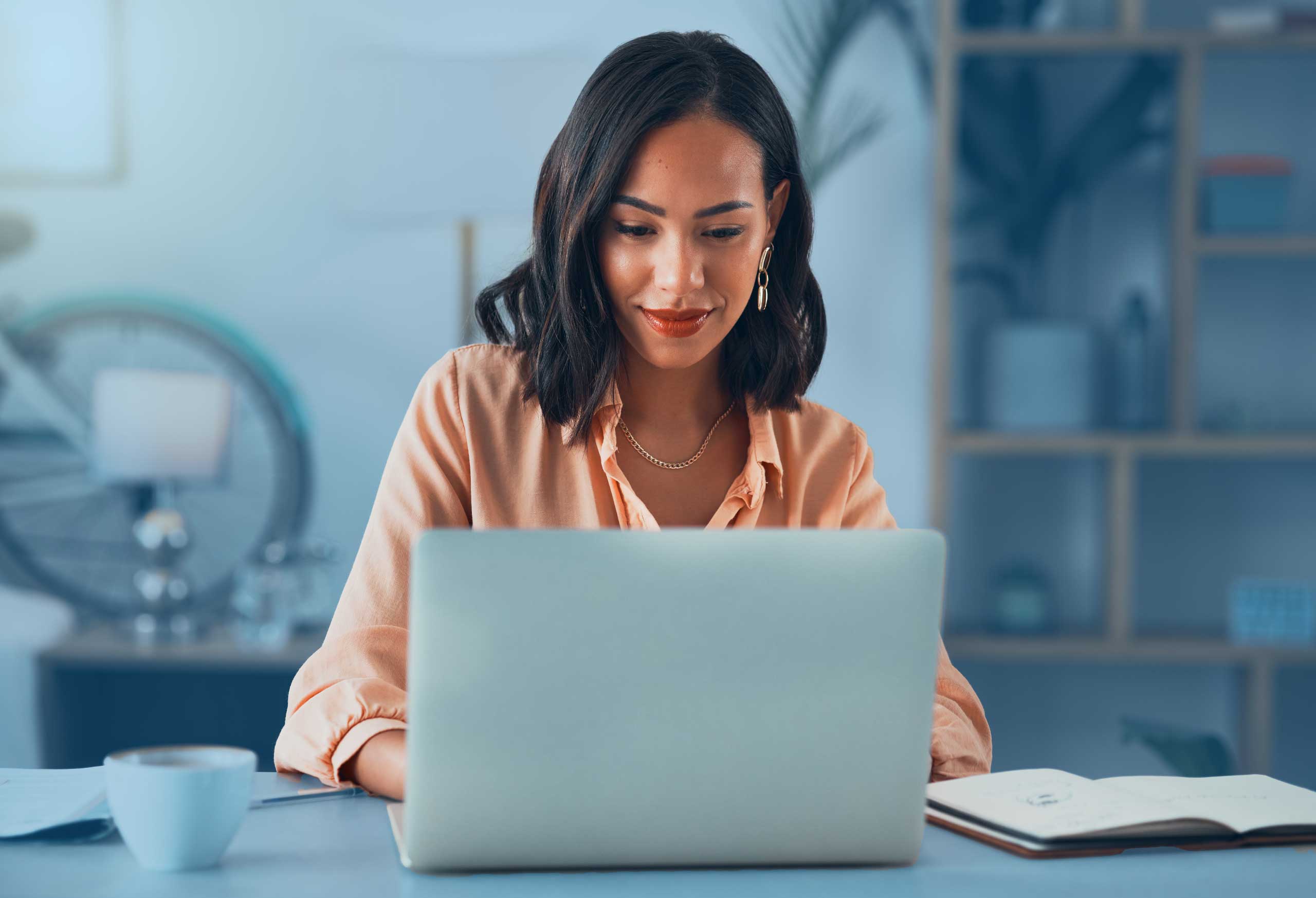Why You Shouldn’t Ignore Regular Patching
Proactive measures like regular patching can be the difference between a secure, resilient organization and one that’s perpetually vulnerable to the next cyber threat. While it might seem like a minor task, the importance of these updates can’t be overstated, as they are essential to maintaining the integrity of your organization’s security.
You know those software update notifications that you instinctively click ‘Remind me Later’ on? Those updates contain important fixes, or patches, crucial for keeping vulnerabilities at bay. Think of patching like fixing holes in a screen to keep bugs out. In your organization’s IT infrastructure, those “holes” are vulnerabilities that, if ignored, can lead to serious breaches and attacks.
This is why implementing a consistent and comprehensive patching schedule is not just recommended—it’s critical to keeping your organization’s software and devices secure. If you haven’t already established a systematic approach to patch management, now is the time to seriously consider implementing one.
What is Patching?
Patching is the process of updating software, systems, or applications with fixes provided by the developer or vendor. The fixes are commonly for security vulnerabilities, bugs, and performance issues. Each type serves a purpose:
- Security Patches: These are critical for protecting against potential threats from hackers and malware.
- Bug Fixes: These address and resolve software errors that can cause hardware malfunctions.
- Performance: These updates improve the overall efficiency and speed of hardware.
As new software and hardware emerge, old equipment may struggle to keep up, leading to compatibility issues that disrupt operations. Regular patching not only fixes vulnerabilities and defends against new threats but also keeps your IT systems efficient and shows your commitment to protecting your client’s sensitive data.
What happens if I skip patches?
If you skip patches, your hardware and software can significantly slow down productivity, causing operational disruption, reputational damage, and even legal consequences. Without regular updates, your systems can become a prime target for hackers, exposing your organization to data breaches and cyberattacks.
In May 2023, Progress Software, the company behind MOVEit Transfer, identified and issued a patch for a critical SQL injection vulnerability in the software. This vulnerability allowed unauthorized access to the servers running MOVEit, enabling attackers to steal data and install backdoors. Despite the availability of the patch, many organizations failed to apply it promptly. The CLOP ransomware group quickly took advantage of this delay, scanning the internet for unpatched servers and exploiting the vulnerability.
The breach affected a wide range of organizations, including government agencies, financial institutions, and healthcare providers. Sensitive data—including personal information and financial records—was stolen, leading to significant operational disruptions, reputational damage, and potential legal consequences for everyone involved.
Best Practices for Regular Patching
To prevent situations like the one faced by Progress Software, it’s essential to establish a consistent and effective patching routine. Consider the following best practices:
- Develop a Patch Management Plan: Schedule and prioritize patches to ensure timely updates.
- Stay Informed: Keep up with the latest updates and patches relevant to your hardware.
- Use Automated Tools: Automate the patching process to save time and reduce the risk of human error.
- Regular Audits: Conduct audits to verify that patches are correctly applied, and systems remain secure.
By following the above, you can establish a robust patch management routine that enhances your organization’s security posture while minimizing risks and operational disruptions. If you’re still on the fence, don’t hesitate to reach out to the experts.
We Make IT Better
At Agio, we understand that keeping up with patching can get lost among the many other priorities of running your firm. Fortunately, patching is one of our many specialties. Our server management service keeps all your end-user devices expertly managed, so you can focus on what matters most—whether that’s making investment decisions, managing client portfolios, or other critical activities.
We handle monthly patches to keep your devices secure and up to date, so you can go about your day without even noticing we’re here. Want to learn more? Contact us today.
Share post
Featured Posts
Connect with us.
Need a solution? Want to partner with us? Please complete the fields below to connect with a member of our team.




